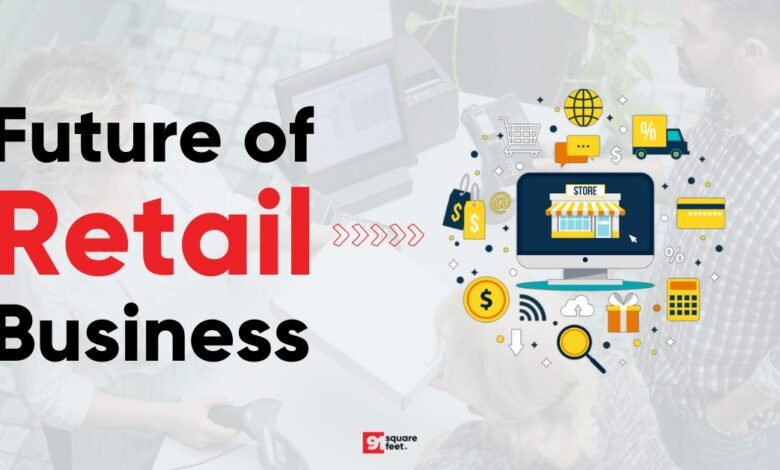The Future Outlook of the Retail Outlet in 2030

Heading into the next decade, the retail sector has a seismic shift all on its side. As e-commerce keeps on changing at an alarming rate, physical retail isn’t dying, and it’s giving itself a new look. The “store of the future” is more than literally a place to buy.
It’s a vortex of immersive experiences, data-driven personalization, and frictionless blend between the digital and physical realms. For example, the use of an inventory RFID system will allow the stores to keep and maintain the items in real time.
This post is a must-read for anyone interested in understanding where the retail stands and what innovations will define the in-store experience by the year 2030. Based on current trends and technological breakthroughs, this post explores some key trends that will shape the next generation of retail spaces.
- Smart Stores: Use of AI, Sensors, and Data-Driven Environments
Most modern stores will be powered by Artificial Intelligence, IoT sensors, and real-time analytics by 2030. This technology will allow retailers to track foot traffic patterns, dwell time at the displays, and even a customer’s sentiment through the use of facial recognition and behavioral analysis, while observing norms for the protection of the data.
Smart shelves will refill themselves automatically using the power of RFID tracking, whilst digital signage will change based on who stands before it. AI will lead staff in helping customers in a more personalized way, which will certainly make the shopping experience more efficient and hyper-relevant.
Read Also: How Mobile App Performance for UK-Based Firms is Boosted by Digital Marketing Services
- Counters With No Cashiers and Frictionless Payments
The days of long checkout lines are soon to be behind us. Cashierless checkouts will be an industry norm courtesy of the model developed by Amazon Go. Customers will walk in, choose their items, and follow that will automatically be charged to their digital wallets or biometric scans. In the RFID warehouse inventory tracking system, the biometric technology will be included to keep accurate details of the warehouse.
High-level computer vision and sensor fusion will allow stores the ability to detect products picked and charge for them. Succinct, free of friction, this system saves operating costs, brings satisfaction to customers, and the retailers can redeploy staff into more valuable jobs like ambassadorship and brand consultation.
- Augmented Reality (AR) With Mixed-Reality Shopping
Augmented and mixed reality will be used by physical retail in order to deliver digital layers within a brick-and-mortar environment. Customers will virtually view furniture in their homes and try on virtual clothing or receive product reviews and suggestions at the time of browsing, respectively, through the AR glasses or in-store screens.
Not only does this gamification and visualization improve consumer engagement, but they also make the returns lower and enhance cross-selling potential. And retailers such as IKEA and Sephora are now experimenting with AR at scale – by 2030, it will be a staple of product exploration in most physical stores.
AR, along with RFID retail inventory, is a good way through which businesses will elevate the shopping experience and create a mixed-reality for shopping. All the changes are expected and are going to impact the method of shopping and will make the modern shopping pattern a distant history.





